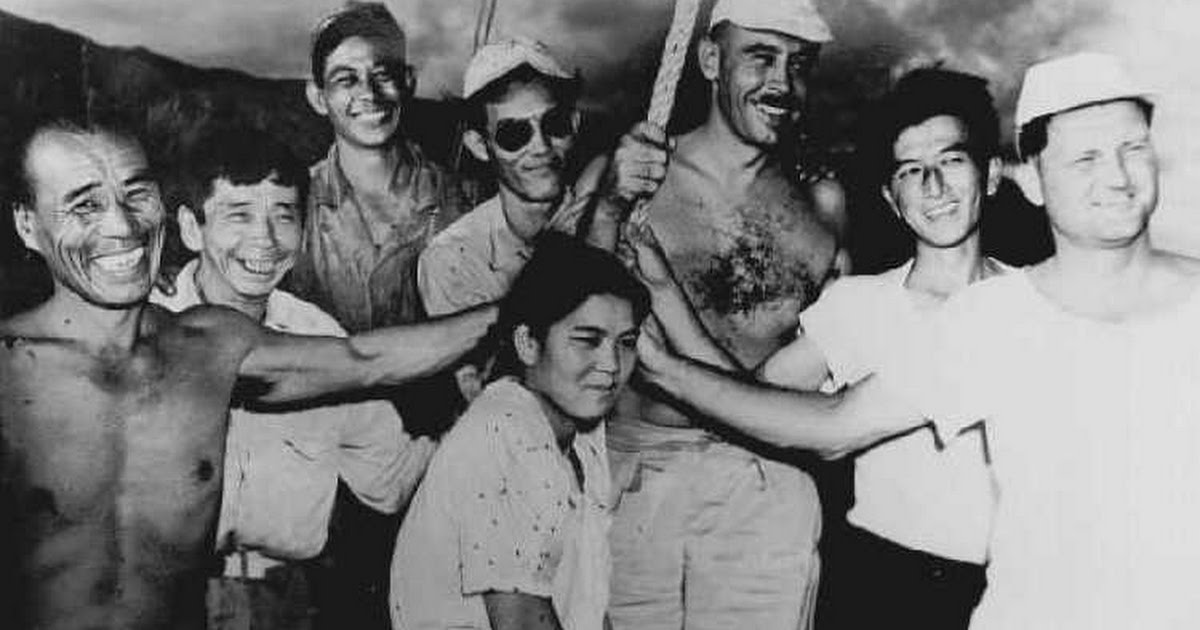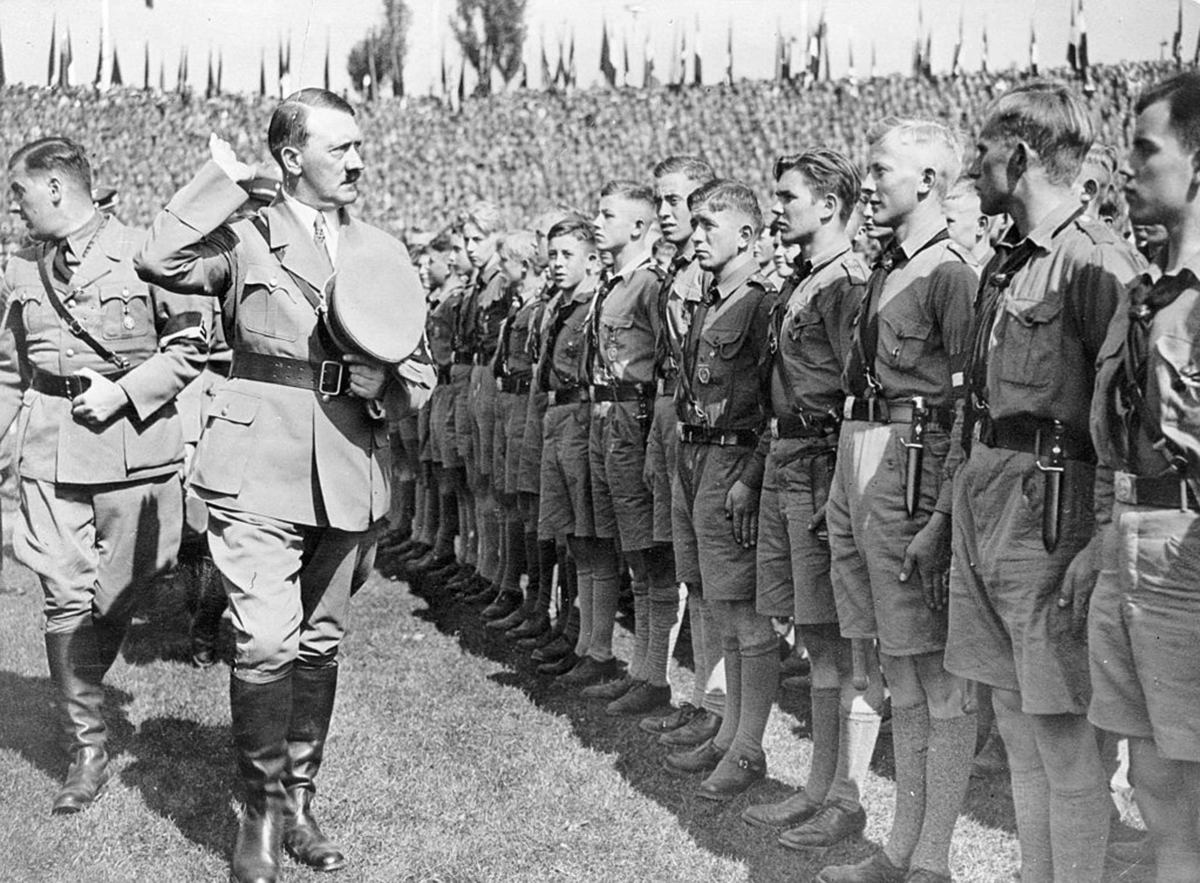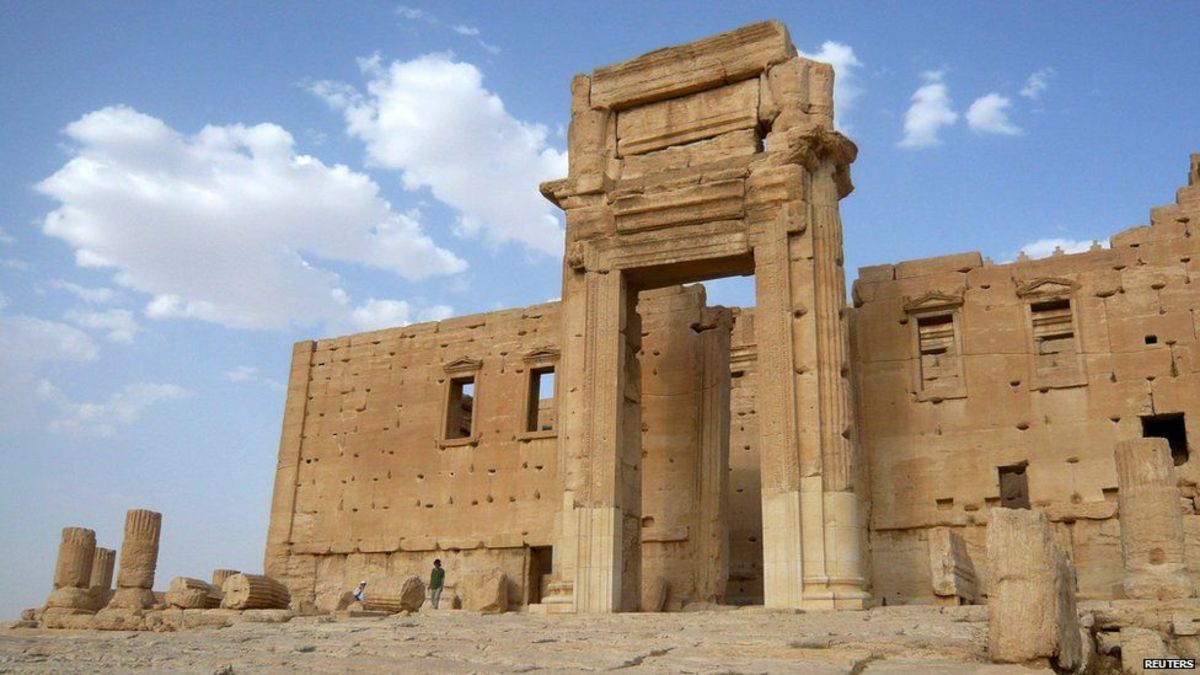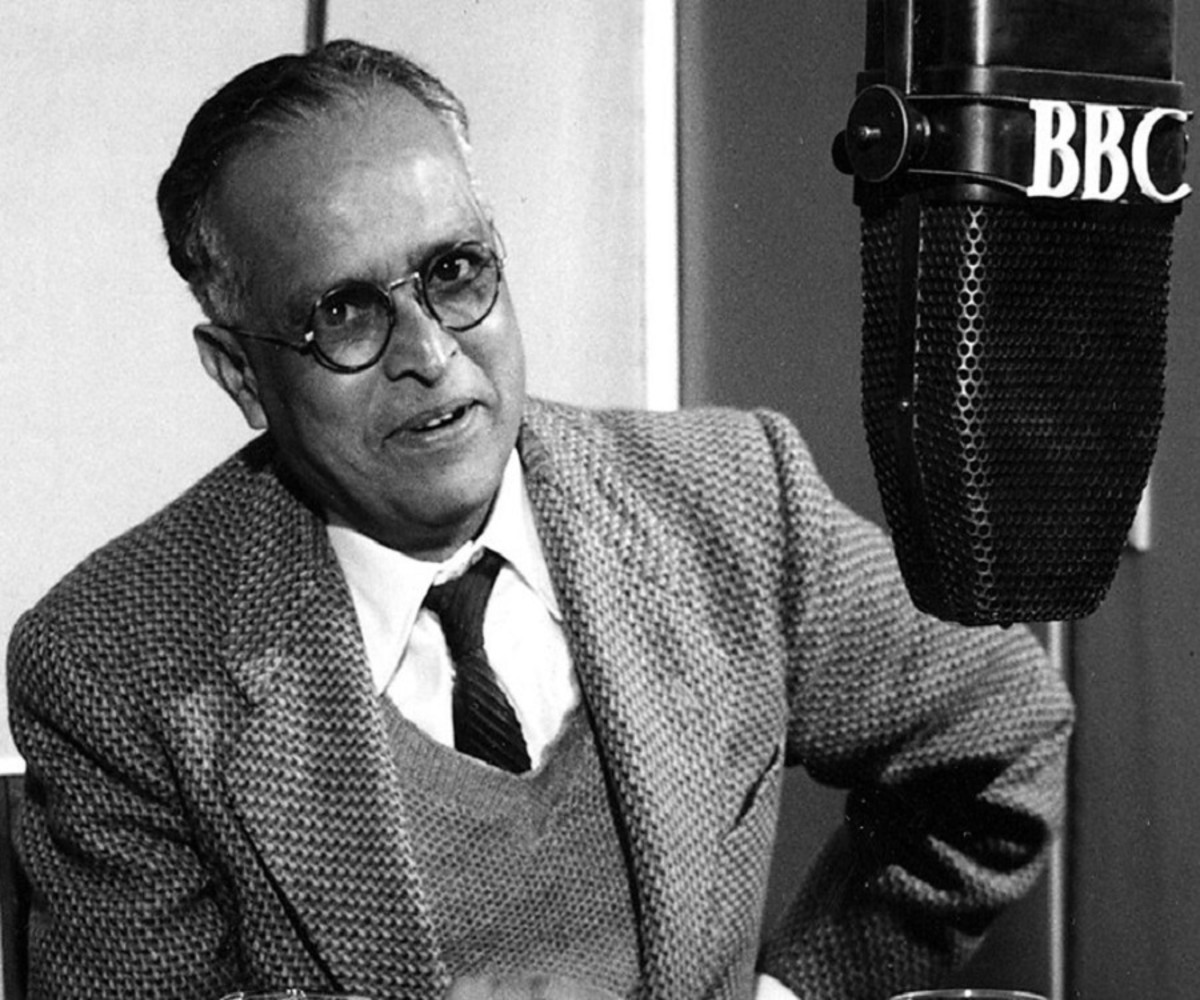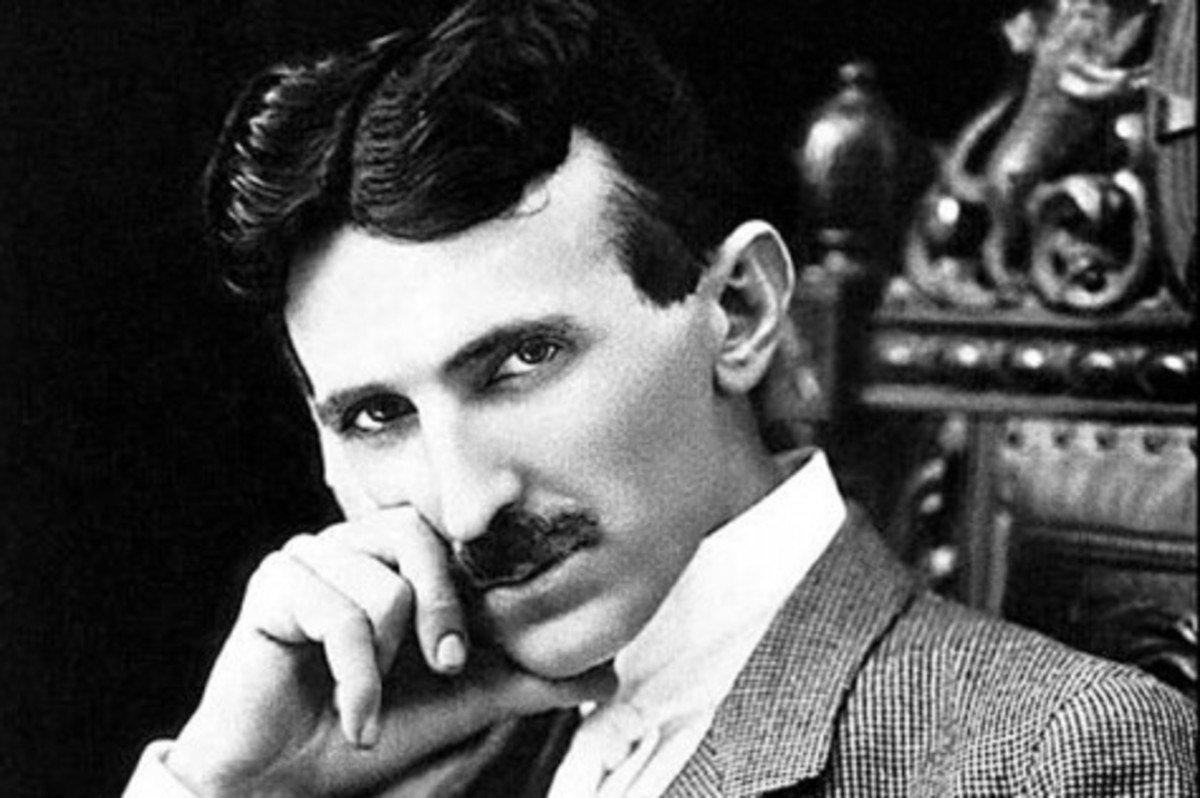- HubPages»
- Books, Literature, and Writing»
- Books & Novels»
- Nonfiction»
- Biographies & Memoirs
Monument Men: Soldiers who sacrificed their lives for art
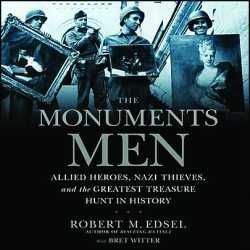
Can artwork really matter during a war? YES!!
In all the historic stories that describe the aftermath of a war, how many of them talk about the historical relics that were damaged, stolen or just lost in the fog of war? Hitler and Nazi Germany staged one of the largest and most organized looting of historical artifacts in history during the course of the Second World War. Over a million items were 'acquired' and then moved sometime into the heart of Germany, other times into private collections of leading Nazi party officials and even into temporary storage locations deep underground in far from ideal climate conditions. Far from trying to preserve art, Hitler wanted to possess it all to show the greatness of the third Reich and to satisfy his own love of art. Via the heroic work of a small group of soldiers, a great percentage of these priceless and irreplaceable artwork was found and returned. But their work was far harder than just locating and protecting artwork; they were also tasked with preserving monuments that could include statues and entire buildings in the middle of a war. With little or no field authority, these men had to somehow at the front lines of a war protect buildings that could be housing enemy soldiers or ammunition caches. The Monuments Men by Robert Edsel documents these heroic men who took the job not for fame and fortune or even for adventure, rather to save priceless art from being destroyed. A fantastic story that will also make you cringe when you realize how many items were damaged and destroyed due to greed and arrogance.
Image Credit Homer's Blog
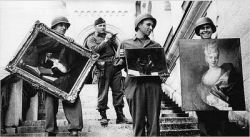
A potential for calamity: Only partially averted
This story begins as you would expect, not with the recovery, but with the theft. Hitler and a few leading SS officers began to document the greatest art caches and individual pieces long before their invasions of Eastern and Western Europe. They knew exactly what they wanted and had entire forces of soldiers whose only mission was to root out and find these pieces of art to send back to Germany. Sometimes they tried to cover their actions with the veil of offering protection in a war zone. Other times they passed laws saying that since Jews and other undesirables were not allowed to own property anything they had was deemed un-owned property and thus accessible to the state. Finally, there were just times when they took it because "might makes right". The scale and audacity of these thefts was nothing short of amazing. In some places the SS leaders simply cleared out entire homes, regardless of value, shipping everything back to massive warehouses in Germany. Of course some of the greatest artwork was not owned by private citizens, rather it was housed in museums as famous as the Louvre in Paris. Nazi Germany had absolutely no problem clearing out museums, or at least try if it was not for the work of museum curators who tried to put every type of obstacle in their path. Thus, the story of the heroes begins.
In the United States top curators, art experts, architects and sculptors started to petition the government that it needed to be aware of the priceless monuments and art throughout Europe that will need to be protected amidst a massive war. These few men were given that very task, a task that would seem almost impossible once they arrived. Just over a dozen original Monument Men were given the task of finding and protecting the top monuments and artwork throughout the entire Western European theater. And these were not young boys; the average age was in the 40s, men in the prime of their art-based careers. For those who have not been to Europe, there is scarcely a town that does not have a several hundred-year-old church or other monument. Unfortunately, these buildings also tended to be the strongest or tallest buildings making them prime military targets. How to decide which ones to protect turned out to be only the smallest of the Monument Men's challenges. None of these Monument Men had significant field rankings and could never order combat officers to change their actions. They could only try to convince with tact or sometimes historical threats to ensure the protection of their charges. Even harder was to accomplish this tremendous task with little or no resources, no vehicles or typewriters were available, even cameras were in short supply. Thus the Monument Men had to hitchhike from town to town to assess, protect and document before moving quickly to the next town. No easy feat when each one had literally hundreds if not thousands of square miles under their responsibility along the front lines of a major war.
The Monument Men spent countless hours interviewing prisoners to try to determine where artwork was taken and by whom. Not only were the citizens incredibly fearful of any soldier based on the years of war they had experienced and thus hesitant to talk, but once the army had made its way to Germany, the Americans were now considered the enemies (rather than a liberating force in France) and was even more difficult to get information. Yet with all the obstacles placed in their path, the monument men discovered and documented more than 1,000 repositories in southern Germany alone, containing millions of works of art. Some of the repositories were buried hundreds of feet underground in mines combined with military supplies including explosives. Imagine priceless art pieces several hundred years old from the Louvre and other museums being stored in a salt mine with over 400,000 pounds of explosives. In another mine there was an entire room filled with nitroglycerin that left alone would explode over time as the chemicals separated. The other extreme was another mine filled with the entire remaining national wealth of Germany, over $10 billion in gold and paper currency. Many of these mines were closed in and many found simply by accident. Who knows how many more are out there hidden in the hills throughout Germany and Austria.
"It matters little that you are afraid if you manage to hide it. You are then at the edge of courage"
- Jacques Jaujard

Saved from the edge of the precipice
It would be hard for any reader to not grimace over the descriptions of artwork stored in mines with water dripping constantly, or artwork being moved in a rush by soldiers who many times were not overly concerned about damaging or destroying these treasures. Even more horrifying was to learn about the Nero decree by Hitler in the ending days of the war to destroy every building, bridge, road, and initially piece of artwork inside Germany just to keep it from the Allies. While he later countermanded the artwork part of the order, not every field commander heard or believed the countermand order. Thus, there were leaders of mines that were planning on destroying the mine and everything inside partly out of loyalty to Hitler and partly to hide their own crimes. Stories like this that if fully carried out could have destroyed thousands of pieces of irreplaceable artwork still sends shivers down my spine. It was equally hard to read stories of families who lost family heirlooms that either out of fear or lack of documentation will never receive it back. Many local Germans and Austrians, through the chaos of war, were able to steal artwork and other possessions to claim as their own. Sadly, this was not unique to WWII or the Nazis. Each time we see conflict there is the potential to lose a part of our heritage and history that is literally irreplaceable. Be it the Buddha's in Afghanistan destroyed by the Taliban, the artifacts in the Egyptian museum in Cairo vandalized by the protests in Tarir square, or 'progress' by Chinese government in the Tibetan province, war unfortunately provides the opportunity for ruthless leaders to destroy what they do not like. How can we maintain our history without a respect for it by all?
One of the most remarkable parts of this story I found was not only the individual acts of heroism by middle age men and women dedicated to protecting art, but also the fact that a military force trying to win the war of all wars was able to find the time to actually commission those individuals to perform these actions. To find amidst a million and half soldier strong military force those approximate 13 soldiers who had the special talent to take on this tremendous undertaking is a credit to the Allied military command. I hope that with the recognition and publicity that this book helps to provide, that military leaders of the future will realize it is truly not enough to be a great military force, but for others to see you acting as such. The only criticism I have with this amazing book is that it feels too brief in many interesting areas. There is so much more to these stories that reading certain chapters leaves you searching the web for additional information. Perhaps this is the sign of a strong book to help get the reader intrigued, but for my taste I wouldn't have minded more in the book. However, this book brought to light acts of heroes that deserves to be brought to light as well as the crimes of pure evil and greedy individuals that equally deserve to be brought into the sunlight.
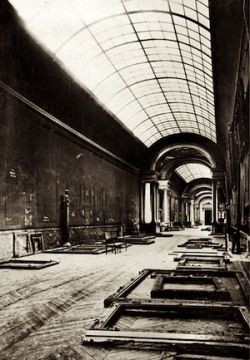
What this means to us now.
Throughout history civilizations have been tested. Throughout history, civilizations have failed that test. Humans have been advancing learning at astonishing rates, more than any other species on the planet. We have developed unbelievable technologies and advances in science, while also created some of the most spectacular pieces of art and music that can be imagined. Some of these discoveries or pieces of art have never been repeated as they were created by a once in a century person in a unique life situation. Sadly items that take a century to create can be destroyed in seconds by despots in power or bullies filled with ignorance or hate. We have seen the dark ages and holocausts of not just people but also learning, art and nature.
It is up to all of us to stand-up to bullies and declare that there are some things that are worth sacrificing for. Saving the life of another, just one life is a blessing and should be a goal of every person. Saving art, music, science and learning is just as much of a blessing. It is far too easy for a person to say that a painting is not worth a life. But a civilization without art is like a person without an identity. It is precisely this beauty that can inspire others to reach for their own dreams and achieve their own significant contributions to society.
There is art and beauty all around us. Sometimes it is man-made, other times natural. It can be in the middle of a politically unstable location like the Middle East, or seemingly in the middle of nowhere like Antarctica. While we want to improve ourselves and our families, sometimes it is truly heroic to save irreplaceable beauty for generations.
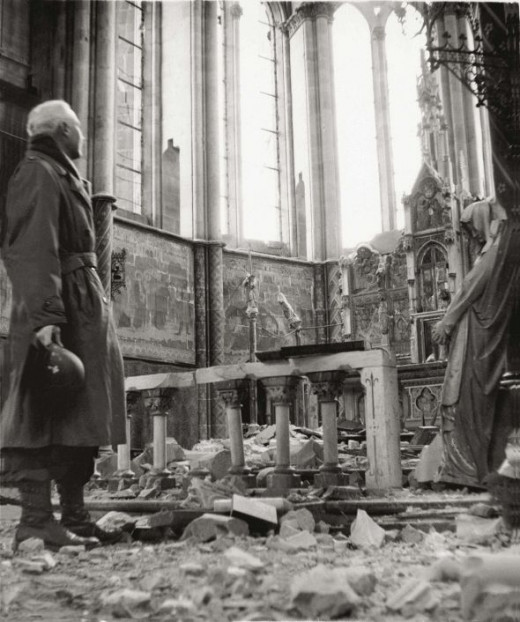
During a war do you feel it is important to protect historical landmarks?
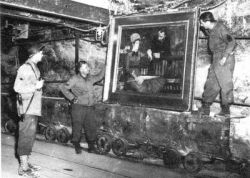
A few of my favorite quotes
When one of the monument men forced a combat unit to work around an ageless damaged monument the officer said "Okay, but this is a helluva way to fight a war." To which Monument Man Rorimer said, "I disagree sir, I think this is exactly the way to fight a war"
"There's one good thing about being in the bomb disposal unit: No superior officer is ever looking over your shoulder"
"The people of Weimar, only four miles away (from a concentration camp) claim they didn't know what was going on, but he (Roosevelt) knew though four thousand miles away. "
"It matters little that you are afraid if you manage to hide it. You are then at the edge of courage" -- Jacques Jaujard
"A good start, a willingness--even eagerness--to work beyond the call of duty, a sense of fair play, and a recognition of opportunities before and when when they arrive. In other words, it is important to find a course and steer it" --James Rorimer on what he believed was formula for success.
"It is not enough to be virtuous, we must also appear to be so" --Edith Standen




